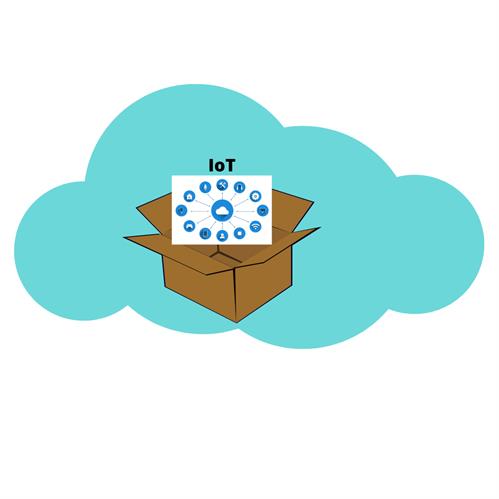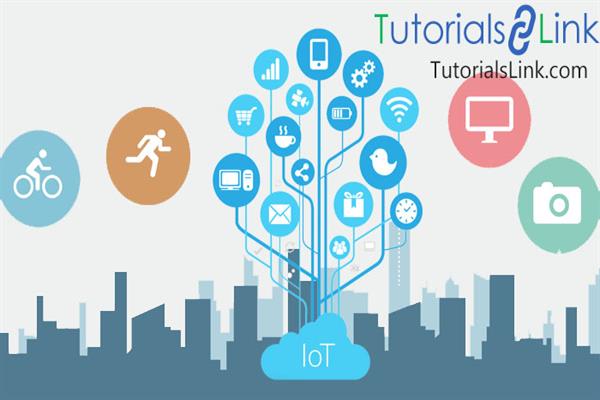A cloud made match- Container and IoT
A cloud made a match- Container, and IoT
IoT gadgets present exceptional difficulties to associations regarding availability, congruity, and online protection. Associations can utilize compartments as an answer to address those worries.
Despite these development conjectures, IoT gadgets present remarkable difficulties to associations. As per IoT Evolution World, a few deterrents stand apart for shrewd items. These are as per the following:
Network
Associations anticipate that their IoT gadgets should work without interference. This is simpler than it sounds, nonetheless. The remote network can be mind-boggling, particularly with remote guidelines and related advances continually developing. It's especially testing to guarantee the accessibility of these gadgets on organizations that serve many shrewd items alongside customary IT resources.
Coherence
When they guarantee that their IoT gadgets are associated with the organization, associations need to guarantee that those items have enough squeeze to satisfy their planned reason. This is significant in more specific conditions. For example, associations need to guarantee that the IoT gadgets serving their modern surroundings have a long enough battery life not to need substitution at regular intervals. Something else, the association's modern cycles could endure disturbances that might influence public wellbeing. As another model, associations must guarantee that clinical gadgets, for example, pacemakers serve their proprietors come what may.
Network protection
Customary computerized security arrangements will in general give inclusion to the organization and the cloud, however, they're less successful against endpoints and Over-The-Air (OTA) weaknesses. As noted above, remote conventions are unpredictable, and numerous organizations plan their savvy items with the point of speed to advertise, not security, as a top priority. Together, these elements open doors for malignant entertainers to bargain associations' IoT gadgets. They would then be able to utilize those items to access bigger areas of the organization and additionally take the association's information.
These difficulties bring up the issue: by what means would organizations be able to benefit as much as possible from their IoT gadgets?
Holders: Possible Solution
A few associations are going to holders as an answer. As clarified by Docker, holders are normalized units of programming that house an application's code and the entirety of its conditions. Compartments are subsequently fit for running on registering conditions paying little heed to the hidden foundation or host working framework.
It's this versatility that makes compartments an ideal answer for a portion of the difficulties depicted previously. As clarified by CRN, holders can run on both the customer and worker, and they permit administrators to push out fixes as compartment pictures. They make it simpler for associations to create programming and oversee refreshes for the endpoint gadgets on which all IoT executions depend.
Compartments don't simply uphold the association's present IoT gadgets. They likewise encourage the capacity of the association to scale its IoT climate. They do as such by empowering a microservices model in which associations can convey gadgets, programming, and different assets in the cloud across approximately coupled and free units. Quite a particular methodology permits associations to quickly convey and oversee more perplexing applications while burning-through less figuring assets than virtual machines
 A Caveat with Containers
A Caveat with ContainersThere are sure difficulties with utilizing holders, in any case. Tech Target noticed that the Docker holder stage's unique plan upholds customary x86-based PC designs, for example. These models don't normally highlight in IoT gadgets. Paradoxically, these keen items much of the time use ARM, a sort of processor that Docker bolsters yet has gotten less testing in the security network. These gadgets may utilize Android as another option, yet this OS likewise loathes Docker's uphold.
Associations additionally need to recall that compartments are not impenetrable to advanced security dangers. If not appropriately ensured, they could experience the ill effects of security shortcomings that could empower vindictive entertainers to get to the gadget and influence them for taking an association's information.
Recognizing these dangers, associations need to put forth an attempt to address these difficulties. They should start by cautiously investigating their IoT gadgets before buying them. Some portion of this cycle ought to include deciding if the PC models of a particular IoT gadget would uphold an association's compartments. It ought to likewise comprise of sorting out whether the gadgets have gone through security testing by the merchant.
It's by then when the IT office can plan as well as portion the organization that represents every one of the association's compartments' availability needs. This cycle requires satisfactory arranging that takes every holder's expected reason, (for example, which IoT gadgets they may run) into thought. From that point, IT group faculty can utilize the prescribed procedures recognized by StackRox to ensure their compartment pictures. These rules incorporate eliminating unimportant programming and routinely checking the pictures for weaknesses.





